How to Create Effective Inbound Marketing Strategies?
The inbound marketing approach focuses on attracting potential buyers rather than annoying them. Adopting this approach, businesses can attract, convert, and delight prospective customers, leads, and customers across various marketing platforms by delivering educational and informative content generated with your ideal customer in mind.
You will primarily draw eligible inbound leads, which will shorten your sales cycle and provide a better user experience for customers. This will keep them returning for more and transform your marketing activities into a viral campaign as a result of customers supporting your company. In this article, I will share with you what inbound marketing is, and how to create an effective inbound marketing strategy, let’s jump right into the details!
What is Inbound Marketing?

Inbound marketing is a buyer-centric approach based on the consumer’s needs, wants, and purchasing journey. What it isn’t is an expensive solution that just benefits the seller.
The approach recognizes the pain points of the ideal buyer persona and seeks to provide a solution through appealing interaction. Its various phases correspond to the various stages of a buyer’s journey. Targeted customers are served personalized content through these measures in order to attract, convert, cultivate, and entertain them during their purchase lifecycle.
The inbound approach emphasizes content/context comprehension. Ideally, you should concentrate on producing content that is completely optimized for search and social media and attracts your target prospects. Context refers to knowing which content is most engaging to your target customers and what is most likely to draw them into the sales funnel.
What are the benefits of Inbound Marketing?
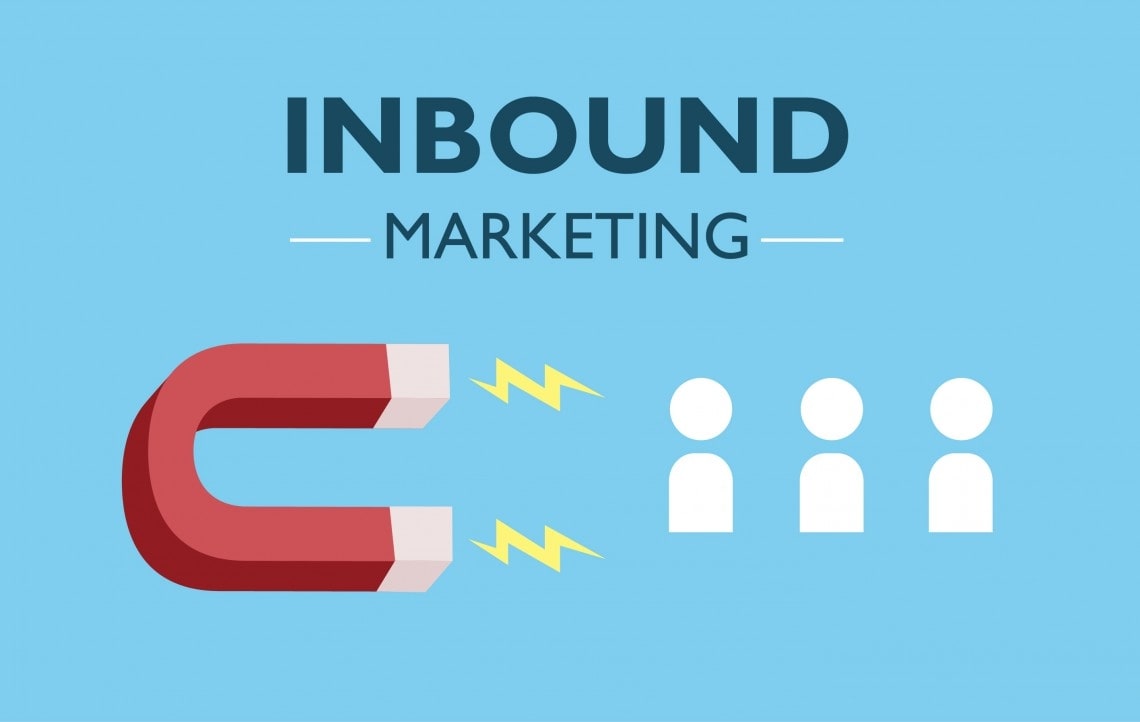
Inbound marketing focuses on finding the right consumers, cultivating them to a conversion, and then delighting them on an ongoing basis. Traditional marketing is out of date and no longer appeals to today’s consumer. This is where inbound marketing has come in to fill the void.
Sales without selling is focused on promoting the awareness of your company’s services, goods, and industry. But how can you increase your profits if you’re not selling? By developing your brand, establishing yourself as a thought leader/industry expert, and thus curating those relevant leads.
Effective inbound marketing takes a holistic approach to marketing and is based on providing personalized content to target customer personas at the right time, empowering them to make informed, educated decisions without feeling forced to buy.
What’s the difference between Inbound Marketing and Outbound Marketing?
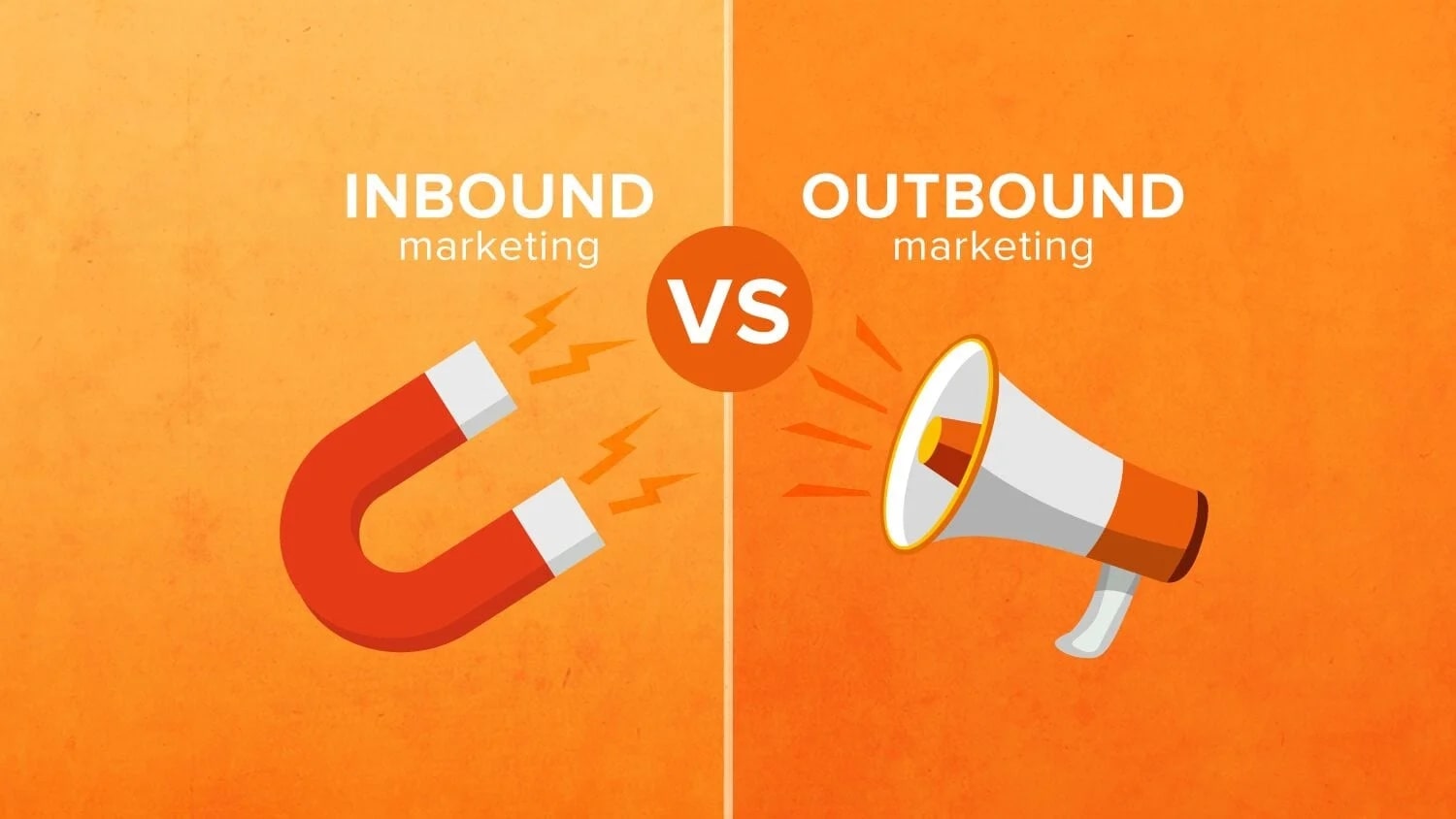
In a nutshell, inbound marketing is “buyer-centric” This focus is the result of more information being available to customers, allowing them to make their own, educated buying decisions. Inbound marketing shifts the focus away from the conventional WHAT that a business sells and toward WHO the business is and WHY it sells what it does.
Traditional marketing is “seller-centric” focusing on what the seller offers and the characteristics of its goods or services. The most important difference between the two is that inbound marketing companies reach out with knowledge and material, establishing themselves as industry thought leaders and innovators.
The inbound marketing approach is both patient and active; it is never hostile or attempts to force a sale; instead, inbound companies are more concerned with solving a buyer’s pain points and developing a partnership.
In contrast to inbound marketing’s more organic approach, conventional marketing’s bombardment of ads costs a lot more to attract a new client. Inbound marketing’s emphasis on providing value, as well as getting you in contact with informed people, contrasts with conventional marketing’s emphasis on budget and repetition by bulk, impersonal ads.
The essential 7 Components of an inbound marketing strategy
1. On-site content marketing.

On-site content marketing is important in a variety of ways. New content not only attracts new readers to your platform, but it also keeps your current readers and prospects engaged with your brand, helping you to increase customer retention.
You’ll need to provide informative, original, and useful content, which isn’t always simple or straightforward; but, with a consistent stream of high-quality content, the benefits can be immense.
2. Off-site content marketing.
Your off-site content marketing strategy will work similarly, prompting you to provide well-written, targeted, useful content, except instead of publishing it on your own site, you’ll publish it on another site (hopefully, a major media publication!).
The benefit here is the chance to gain exposure with new viewers that would not have heard of you otherwise. You’ll get referral traffic, and your brand’s credibility will rise gradually as you work your way up to partnering with bigger publishers.
3. Search engine optimization (SEO).
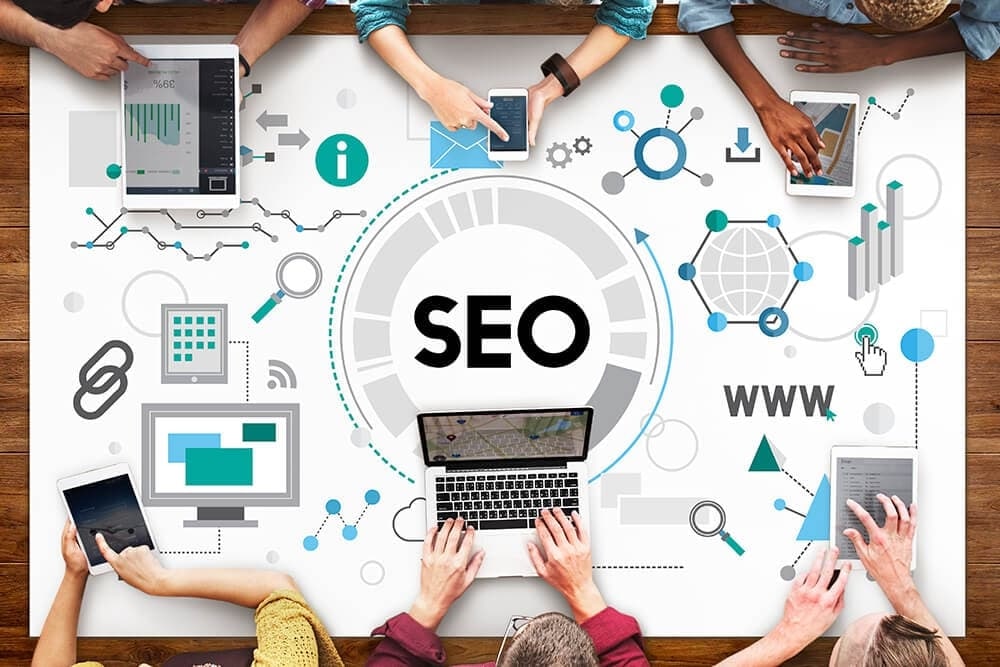
Content marketing, done on-site and off-site, will provide you with plenty of fuel to boost your search visibility. Off-site content explicitly creates connections to your site, while on-site content draws inbound links. The greater the number of high-quality, useful inbound links to your website, the higher it will rank in search engines. In reality, according to a recent Google report, content and inbound links are two of the top three ranking factors in the algorithm.
However, there are other, more advanced aspects of SEO that you will need to incorporate in order to increase your inbound traffic from search engines. These include mobile device optimization, web speed optimization, and targeting strategic niche keyword phrases. It’s a time-consuming technique, but it pays off handsomely.
4. Social media marketing.

Organic social media marketing has taken hits due to Facebook’s algorithm change., but it remains one of the most successful methods for gaining new exposure. Via social media, you have the ability to communicate with almost everyone in the world, steadily building a loyal audience (as long as you regularly have useful insights and material).
Put your on-site and off-site content in here for more exposure, and your customers will have even more reasons to stay. Social media can drive consistent traffic to your website and help you create your brand on its own, but it’s true strength comes from amplifying the impact of your other inbound marketing strategies.
5. Influencer marketing.
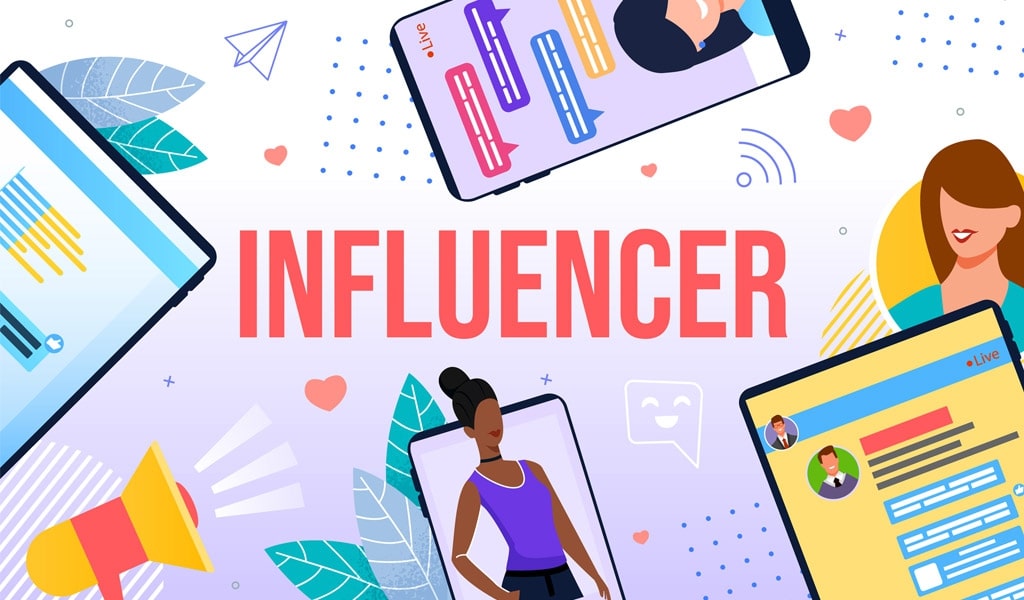
Influencer marketing is a straightforward idea, but it is more complicated to implement in practice. The concept is to target “influencers” in your market, who are opinion leaders, movers, and shakers with the highest reputations and the largest audiences in your niche. Working with these influencers on content projects will allow you to introduce your products to their audiences (often to mutual benefit) and earn a better reputation. The most difficult part is finding the right influencers, and sometimes the right one costs a lot of money.
6. Email newsletters.

I was hesitant to include email newsletters on this list because email marketing in general could be classified as an outbound strategy. Email updates, on the other hand, are typically focused on providing content to subscribers in order to increase their loyalty and retention while also establishing a recurring traffic stream to your site.
Since your content adds value to your readers and viewers and isn’t just used to promote your goods and services, it can be classified as inbound marketing. Furthermore, email marketing can be a low-hanging fruit: According to the survey, email marketing was the second-simplest strategy to implement, but it offered the fifth-highest ROI of the ten strategies included.
7. Personal branding.

Finally, personal branding can be used in combination with almost all of the preceding techniques. To fuel an off-site content strategy, for example, you might have some of your upper-level team members generate more on-site content and reach out to credible publications for guest-posting opportunities, or even become contributors.
Naturally, you’ll want to share the content on social media. In your influencer marketing strategies, you can also make a more personal appeal. By tying your corporate brand to a variety of personal brands, you’ll make your business more approachable, individual, and trustworthy – three attributes that are difficult for customers to find these days.
With the knowledge of these important components of an inbound marketing strategy, let’s jump right into the next section of how to create an effective inbound marketing strategy!
10 steps for creating an Inbound Marketing strategy
Step 1: Set goals
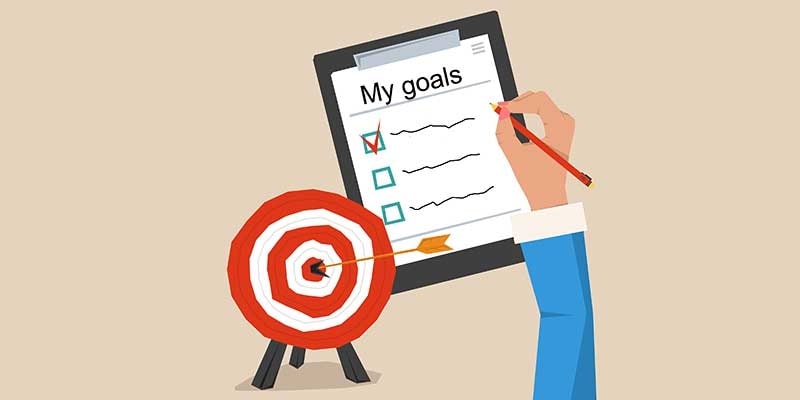
Setting targets is the first step in developing an inbound marketing strategy. Goals serve as a road map that leads you to your desired destination. Any marketing campaign necessitates the establishment of priorities in order to know where you are going.
Set practical, precise, measurable, and time-bound targets. Define the key performance indicators (KPIs) that will help you to monitor the progress of your inbound marketing strategy. To help set your goals correctly, you can analyze your industry and competitors.
Step 2: Create buyer personas

Buyer personas are a representation of your target demographic. Buyer personas will help you identify your target audience’s priorities, desires, and challenges. Conduct extensive research on your target audience.
Discover their demographics, preferences, hobbies, challenges, purchasing habits, and more. Buyer personas will assist you in better understanding your customers so that you can develop customized content and experiences for them. Not sure where to begin with a buyer persona? Here is a simple guide that will help you out.
Step 3: Keyword research

It is important to identify what your target audience is searching for in order to provide them with relevant content. Keyword research is important before developing your content strategy. Determine the types of keywords or search queries that your target audience uses. Using keyword analysis software to discover various combinations of keywords used by your target audience. To get more ideas, look at the keywords that your competitors are competing for.
Using the right keywords improves the content’s ranking on Google’s search results page. It makes it easier for your target audience to find your content. Relevant keywords can help your audience find and interact with your content. Keywords are important for your SEO efforts in order for your website to be available to your target audience. Conduct extensive keyword research to assist in identifying cluster keywords that will serve as the basis of your content strategy.
Step 4: Set up a blog

Blogging is an essential component of the content strategy. Blogs will help you drive traffic to your website. You’ll know what issues your target market is looking for once you’ve done your keyword study. Make use of these search terms as blog topics. Blogs will provide your leads with relevant content. They would regard your website as a reliable source of information if you provide them with educational material.
Regularly write and post blogs. Blogs will assist leads in discovering and engaging with your website. To concentrate on particular subjects, you can also build pillar pages and subject clusters. This will assist you in your SEO efforts.
Step 5: Implement SEO
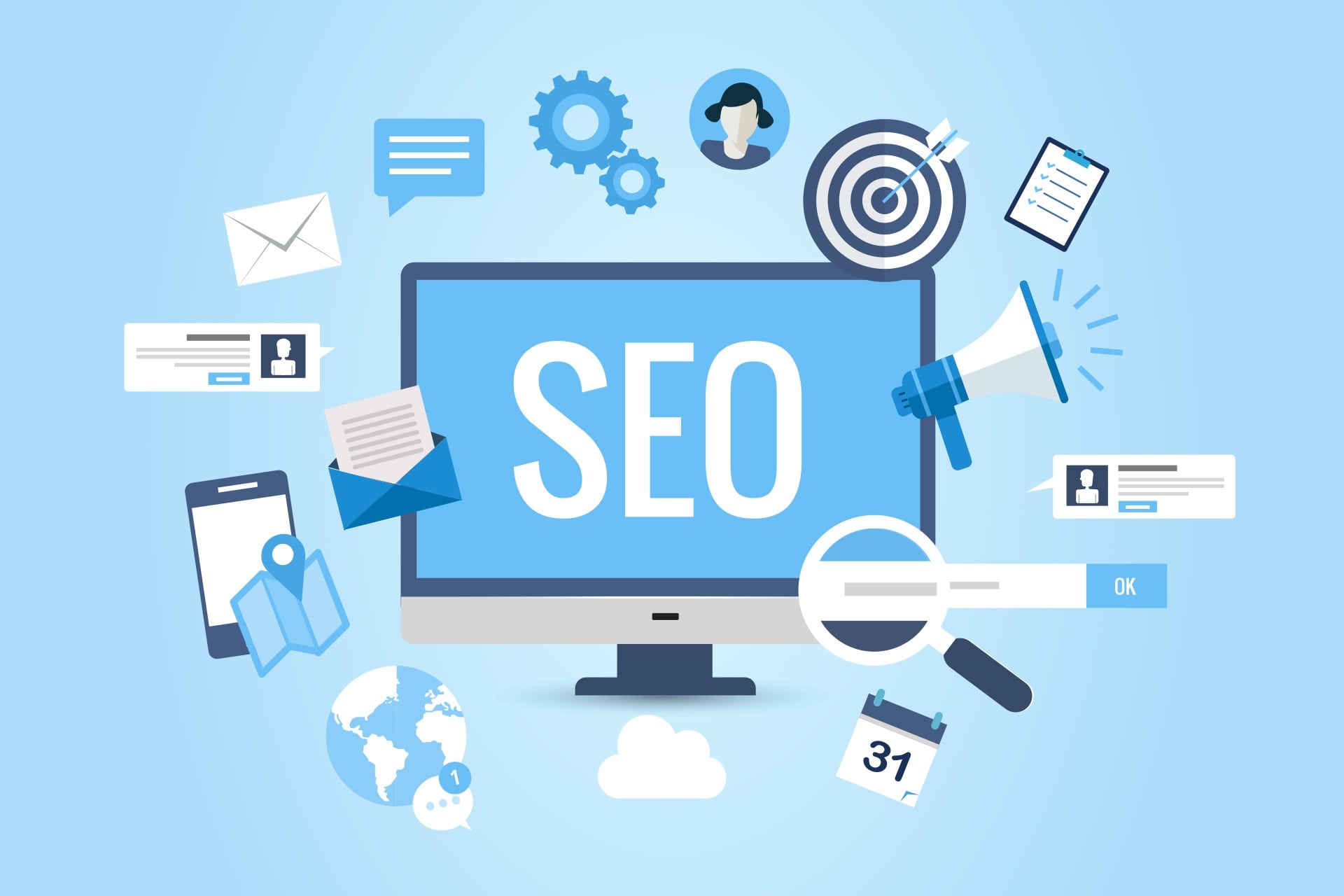
SEO, or search engine optimization, is important for any company that has a website. SEO will assist the website in being more accessible. Begin with on-page SEO by optimizing your content. Incorporate the targeted keywords into the title, meta description, URL, and throughout the content. This makes it easier for search engines to locate and show the website to the audience that is searching for it.
Include internal ties in your content. Internal links are hyperlinks that lead to other pages on a website that are important to the user. Internal links make it easier for search engines to index the pages on your website. Furthermore, because you have internal links in your content, that will help cover a specific subject in depth.
After you’ve covered on-page SEO, you can move on to other SEO tactics. Link building, local SEO, guest blogging, and other strategies are examples of these. You will boost your domain authority and ensure that you are visible on the search results page by using search engine optimization.
Step 6: Create content based on buyer’s journey

The aim of inbound marketing is to attract, engage, and entertain your target customers through the use of content. It’s not just any content; it’s content that your target audience finds interesting and important. The stages of a buyer’s journey should be used to personalize material. Each stage is distinct, and you will need content tailored to each stage. This material will assist the leader in providing valuable information and resolving problems.
Here’s an example of an inbound funnel:
- Top-of-funnel (Awareness stage): these leads are seeking general information on a subject.
- Middle-of-the-funnel (Evaluation stage): Make your brand known to the leads in this funnel.
- Bottom-of-funnel (Decision stage): The prospects in this funnel are looking for information about the advantages of your products/services before deciding whether or not to invest in your brand.
Each stage requires you to use a different type of content. You can raise awareness through social media, blog posts, videos, infographics, and other means. Content in the middle of the funnel starts to place the product or service.
To present your brand, you can use webinars, catalogs, FAQ cards, and brochures. Leads are testing the product or service at the bottom of the funnel. Giving them more information about your product or service, as well as providing a consultation or estimate, will entice them to purchase from your brand.
Step 7: Align sales and marketing

While marketing plays an important role in inbound strategy, sales teams should not be ignored. The marketing team develops content and lays the groundwork for the inbound campaign. Once leads are generated as a result of this content, they are nurtured further in order to influence their purchasing decision.
When leads are ready, they are eager to speak with you. This is where the sales staff comes into play. Sales teams interact with potential prospects and persuade them in order to move them down the funnel and convert them into customers.
Marketing and sales departments should work together. Sales teams must be mindful of all tactics that have been adopted. This will assist them in gathering information to make their sales calls with the leads more accurate. Since they are more familiar with customers’ pain points, the sales team may even suggest content subjects.
Step 8: Create relevant landing pages

Landing pages are the destinations for your leads after they click on those calls-to-action, content, or advertisements. A landing page may be a page with products or services, a page with material to download, or a page with a form to fill out.
A landing page on your website is any page that converts a lead. This page should be relevant to its intended goal. It should be designed in such a way that it allows visitors to act and convert.
Concentrate on designing a landing page with an appealing layout, color scheme, and font. It should have a positive user experience for your target audience so that they can interact with this website. Bounce rate can increase if users leave the page immediately due to a poor user experience.
Step 9: Leverage social media

Social networking is a strong tool for driving traffic to your website. These channels can also help you make connections, learn about your target audiences, and reach out to them. Using your social media sites, establish a positive image for your business. To engage your audience, share your blog post and other posts on social media. Make use of social media sites where your target customers are involved.
To expand your presence on social media, you can also invest in PPC ad campaigns and supported content. It is an excellent tool for increasing brand recognition and driving traffic to your website. You can reach a large portion of your target market through social media if they are looking for the goods or services you provide.
Step 10: Keep customers engaged

After a customer has converted, you can continue to engage them with high-quality content. Audiences are constantly on the lookout for educational and insightful material. Continue to send out educational content via email to keep your customers interested. Monthly newsletters or eBooks can be a fantastic way to provide your customers with valuable knowledge.
These insights could include info, figures, industry news, and so on. Anything that provides them information about your product and industry. You can also share any business updates with your customers to keep them up to date on the latest developments in your company.
The aim is to keep your customers engaged and turn them into loyal customers. Customers feel appreciated and know they are not ignored when they receive these updates from you. This is an excellent method for developing long-term relationships with your customers.
Final words
That’s it! I hope this article has provided you with information about inbound marketing and how to create effective inbound strategies to grow your business. Please feel free to leave comments below for further discussion on this topic!
New Posts








